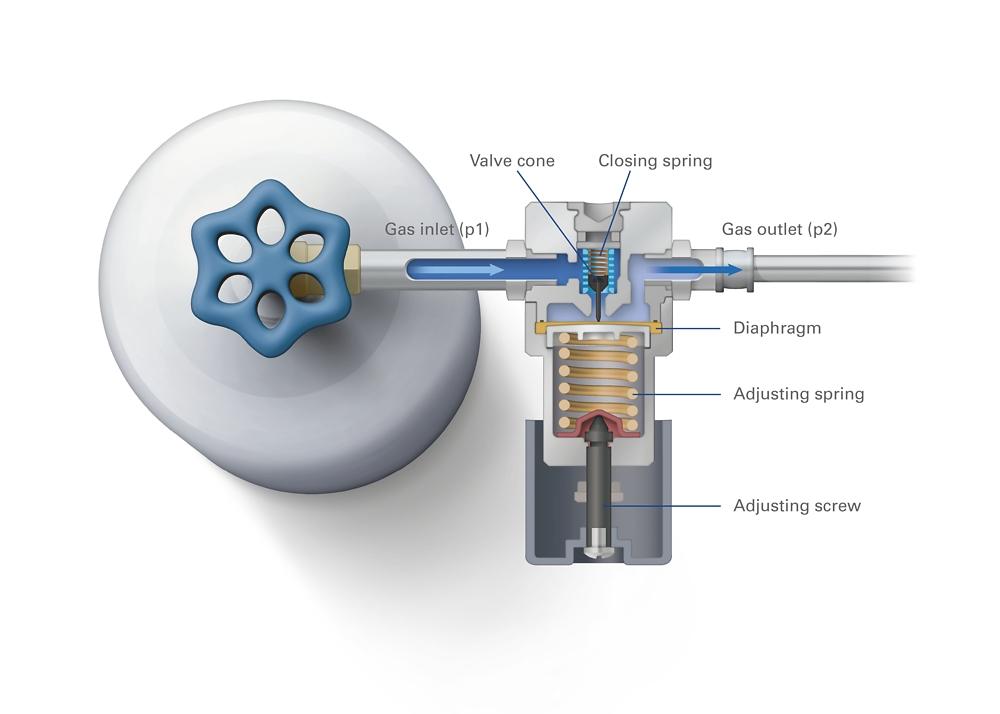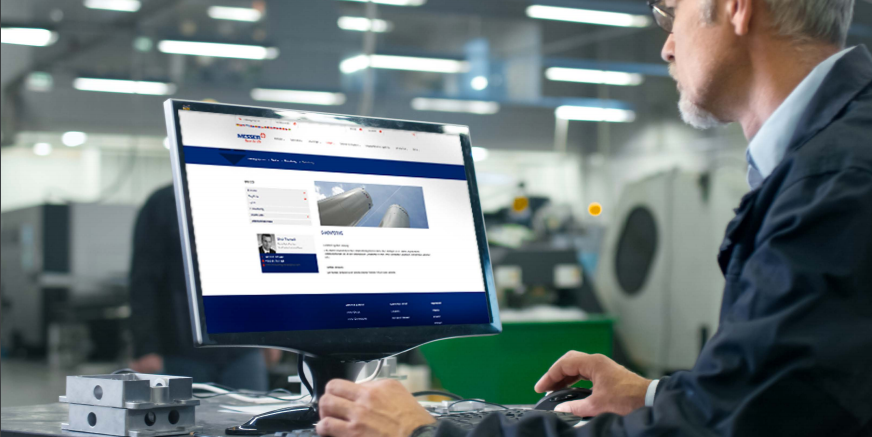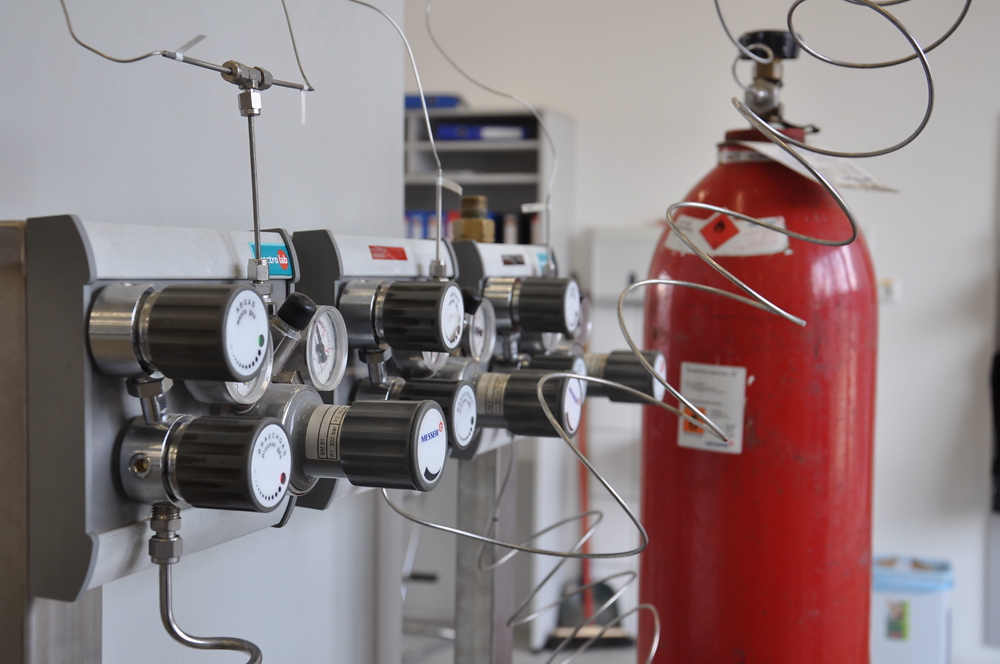Regulators - Specialty Gases
Breadcrumb
Equipment Regulators Banner
PRESSURE REGULATORS
Regulators for single cylinder supply at the point of use
Nested Applications
Equipment Regulators Introduction
Application of Pressure Regulators
Pressure regulators are mainly used where only one point of use has to be supplied with gas and the cylinder can be placed right next to it.
The regulator can be directly connected to a cylinder valve. The adjusting screw of the pressure regulator allows adjustments for any desired working pressure. All regulators are equipped with relief valves to protect the connected equipment and two pressure gauges indicating the cylinder and outlet pressure.
Depending on the level and required stability of the working pressure, one or two stage regulators are used. When using a single stage regulator, the working pressure may increase with decreasing cylinder pressure and has to be adjusted by hand while emptying the cylinder. At low working pressures and high requirements on the stability of the working pressure, regulators with dual-stage or with compensated main valve have to be used.
Equipment App Advertizing
Nested Applications
Functionalty of regulators
Functionalty of regulators
Pressure regulators are used for the withdrawal of gases from their packaging.
The main function of a regulator is to reduce the cylinder's internal pressure so that the gas content can be used for the desired application. In the simple case of a single cylinder supply, the pressure regulator is connected directly onto the cylinder valve.
The operation of regulators is based on the forces acting on the valve cone, which are in equilibrium with each other.
Contributions to this equilibrium include, on the one hand, the forces of the closing spring and inlet pressure p1 and, on the other hand, the forces of the adjusting spring and outlet pressure p2.
The use of a diaphragm seals the gas cylinder content from the environment and is mechanically connected to the valve of the pressure regulator. With the adjusting screw on the pressure regulator, it is possible to change the adjusting screw pressure and thus set the desired outlet pressure.
Equipment Regulators Image 1

Single Stage vs Two Stage Pressure Regulator
Single Stage vs Two Stage Pressure Regulator
Depending on the application, certain requirements apply to the stability of the working pressure (outlet pressure) and thus what type of pressure regulator should be used. During gas withdrawal with regulators, the pressure in the gas cylinder drops. This pressure change has an influence on the force equilibrium in the cylinder pressure regulator. If no manual correction is made via the adjusting screw of the pressure regulator, the outlet pressure increases slightly during withdrawal. By means of a compensated main valve or exact technology, it is possible to counteract this often disturbing effect in single stage regulators.
The use of two stage regulators is recommended for high requirements on pressure stability as well as low outlet pressures. In such pressure regulators, a first stage reduces the inlet pressure to a preset intermediate pressure, for instance 20 bar. The required outlet pressure is set manually by a second stage. In this way, two stage regulators exhibit a practically stable outlet pressure. All regulators are equipped with relief valves to protect the connected equipment and two pressure gauges indicating the cylinder and outlet pressure.
Nested Applications
Equipment Central Gas Supply Banner
Equipment Main Page
SPECIALTY GAS EQUIPMENT
Cylinder pressure regulators and gas supply systems for specialty gases


